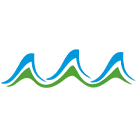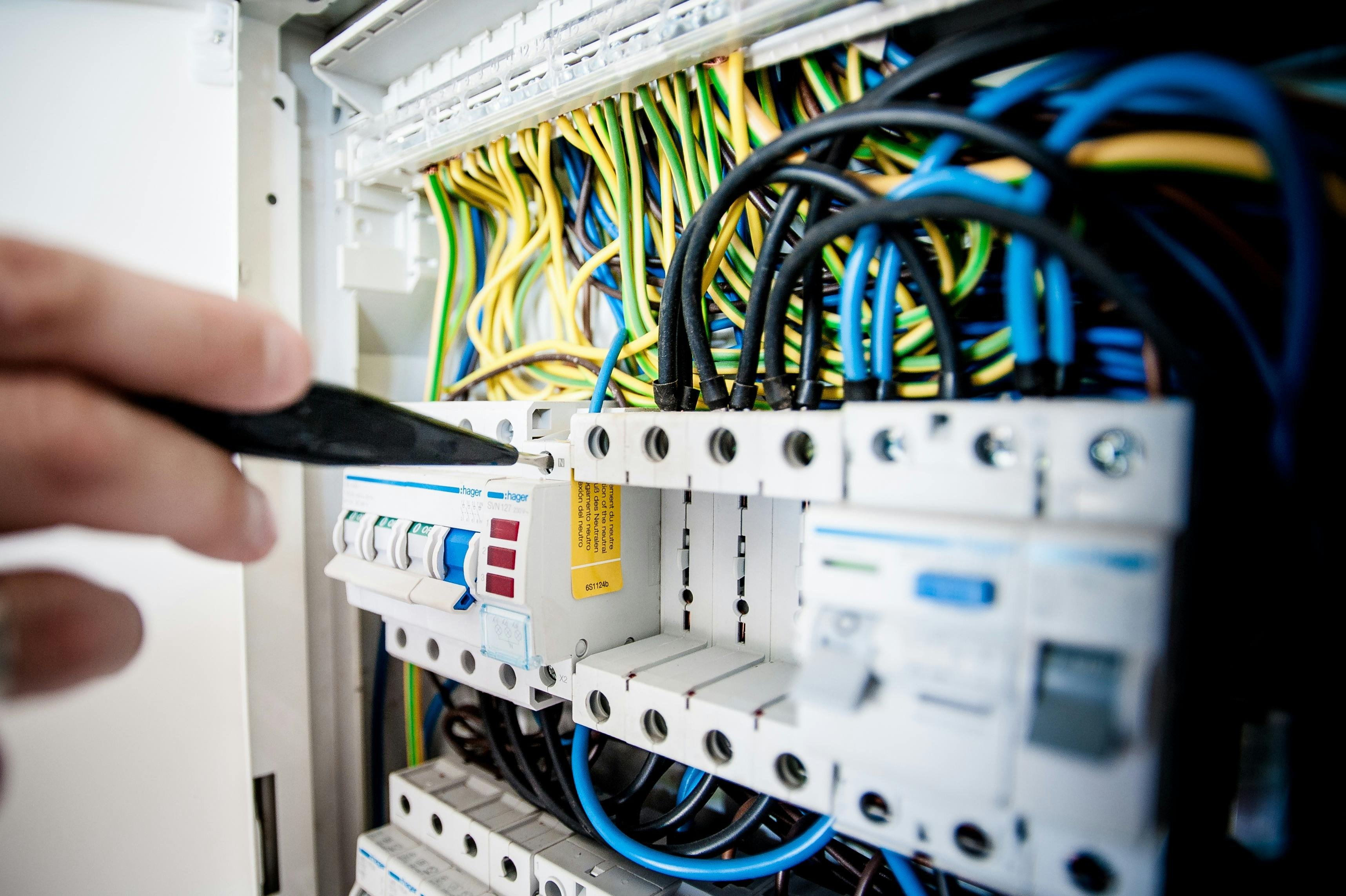ByLinpowave Technical Team
July 23, 2025
Reading time: 5 minutes
Some movements are welcome—like the rhythm of a favorite dance track or the gentle swaying of a ceiling fan on a summer afternoon. Others signal trouble: the sudden jolt of a conveyor belt, the subtle twitch of a robotic arm off path, or the irregular oscillation in a packaging line. In manufacturing, recognizing these movement patterns—especially the ones that aren’t supposed to happen—can mean the difference between smooth operation and costly downtime.
Take for example the feeling you get when a shopping cart wheel isn’t rotating quite right. At first it’s a mild annoyance. But as you continue pushing, you start to notice how it pulls to one side, making navigation awkward and inefficient. Now scale that up to an industrial production line, and suddenly that “small” deviation is affecting throughput, safety, and profitability.
This is where movement monitoring with millimeter-wave radar sensors can play a game-changing role. These sensors don’t just detect objects—they perceive motion in real-time, at high precision, and without relying on light, color, or surface texture. The radar "feels" changes in motion the way a seasoned technician might hear something wrong in a motor’s hum—but unlike human judgment, it’s consistent, scalable, and data-driven.
The Limits of Traditional Motion Detection
Traditionally, detecting problems with moving parts has relied heavily on operator intuition or periodic checks using mechanical gauges or vision systems. But humans miss things. Cameras get obscured by dust or low light. And those subtle, early signs of a malfunction—like a slowly stiffening actuator or a drifting guide rail—are often invisible until they escalate.
Now imagine that your machine can monitor its own motion behavior 24/7. With aLinpowave radar sensor, the machine doesn’t just wait to be inspected. It reports changes in speed, angle, presence, and displacement with millimeter-level accuracy. It detects a misaligned component before a jam. It spots a deviation in path before a defect. It even picks up on micro-movements caused by mechanical wear—days before a shutdown would occur.
Flexible, Real-Time Sensing in Any Environment
The beauty of radar-based motion monitoring is its flexibility. Whether embedded inside a robotic joint, mounted above an AGV route, or installed beside a conveyor, Linpowave’s sensors can integrate seamlessly into existing automation systems. And because they are unaffected by oil, mist, dirt, or vibration, they thrive where cameras and lidar struggle.
Let’s look at a real-world example. A manufacturer running high-speed pick-and-place robots began to experience occasional missed picks—nothing catastrophic, but enough to throw off packaging quotas. Traditional vision-based detection couldn’t catch the issue. But when a compactLinpowave 60GHz radar sensorwas added to track arm speed and movement arc in real-time, the team discovered that one axis had begun hesitating slightly due to a belt tension issue. The radar flagged the anomaly early, long before the robot failed or caused a backlog. A simple tension adjustment solved the problem—no downtime, no damage.
Sometimes a Simple “Yes or No” Is Enough
But not every application needs pinpoint diagnostics. Sometimes, you just need to know: Is this machine still operating within its motion envelope, yes or no?
And that’s where radar really shines. For systems where full vibration analysis or advanced AI prediction is overkill—or too expensive—Linpowave radar modulesoffer a simple, non-contact way to continuously verify movement quality. This prevents unnecessary maintenance, reduces unplanned stops, and extends component life. The result? Higher OEE (Overall Equipment Effectiveness), better safety, and reduced stress for plant managers and maintenance crews alike.
Ask These Questions Before You Start
If you’re considering motion monitoring for your equipment, ask yourself:
-
What motion anomalies are most costly for us to miss?
-
Do we need raw motion data (speed, angle, displacement), or just alerts?
-
Can the system scale if we want to monitor more assets later?
-
Is visibility a concern (e.g., dust, darkness, obstructions)?
-
Do we want a plug-and-play sensor or a deeply integrated custom setup?
Ultimately, knowing what you need—and what you don’t—can help you select the right solution without overcomplicating your system or overspending.
Because when it comes to factory performance, motion tells a story. Radar helps you read it—before things go off track.



